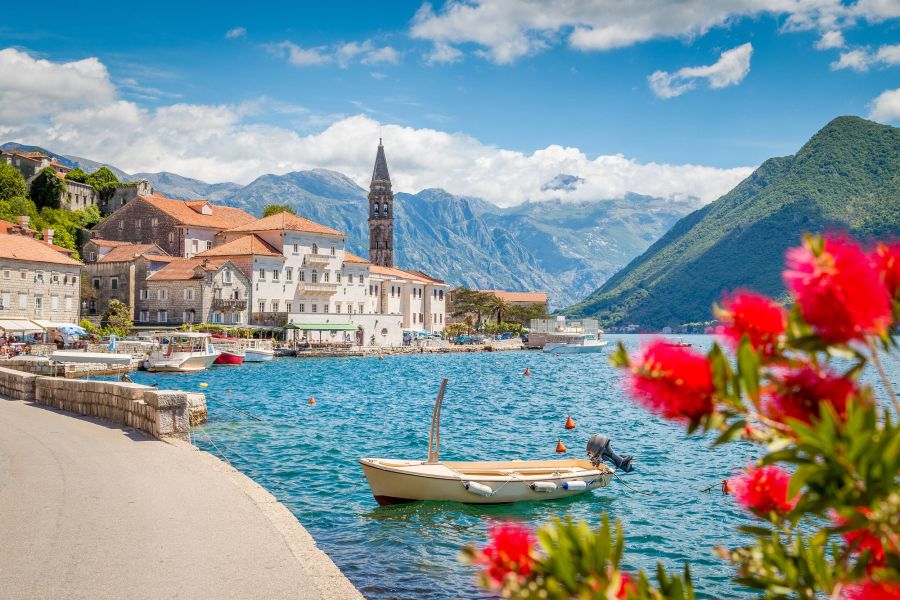
DUE MARI virtual tours, a digital platform for travel planning, connects the best cultural and natural landmarks of Montenegro, Albania, and the Italian regions of Molise and Puglia through 13 itineraries. The goal of the Due Mari Project initiated in 2019 and funded by Interreg IPA CBC Italy-Albania-M
3 COUNTRIES, 2 SEAS, 1 CULTURAL DESTINATION
Planning a journey and uncovering the cultural and architectural marvels of Due Mari destination is easy and inspiring. The cross-border itinerary of the Cultural Due Mari Tour introduces individual visitors and new-generation travel agencies to 16 must-visit locations. This cultural odyssey seamlessly connects the heritage dots across Albania, Montenegro, and the Italian regions of Puglia and Molise, regardless of where visitors begin their exploration.
HERITAGE HIGHLIGHTS FROM MONTENEGRO AND ALBANIA TO ITALY
Key highlights of the itinerary include the UNESCO World Heritage site, the Old Town of Kotor, celebrated as one of the most enchanting medieval towns in the Adriatic, and a mandatory stopover in captivating Montenegro. The UNESCO-listed Berat Castle in Albania, increasingly gaining recognition as a must-visit attraction, characterized by narrow streets, ancient structures, and a picturesque setting. Just a short journey across the sea awaits the octagonal Castel del Monte. An exceptional medieval architectural gem and a prominent symbol of Puglia, renowned for its distinctive layout and remarkable symmetry. In the Molise region, a focal point is the well-preserved ancient Roman theatre, Teatro Tempio di Pietrabbondante.
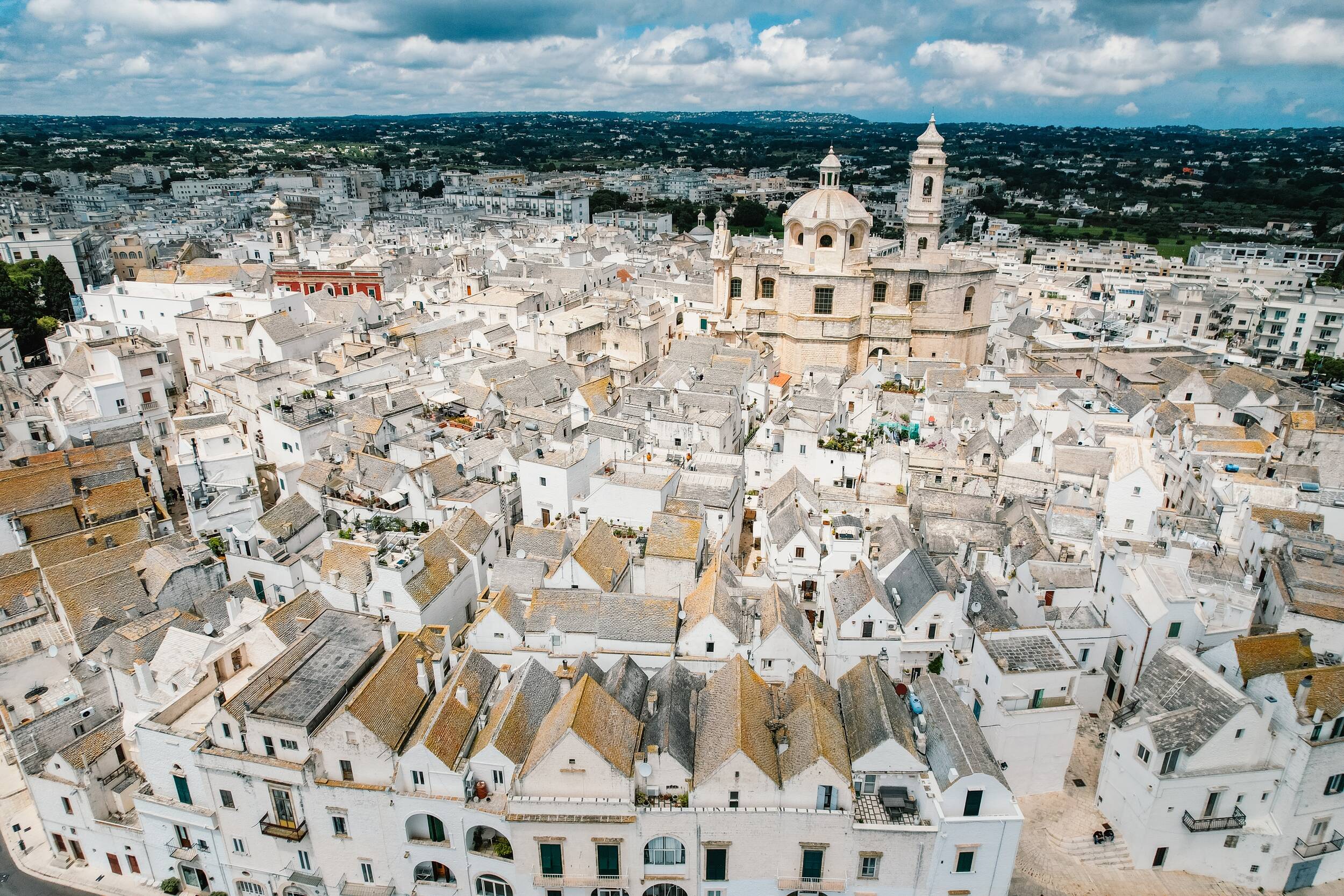
Locorotondo, Puglia, Italy (Photo by Shutterstock)
THE SOUTHERN MONTENEGRO TOUR
Cultural wandering along the coast of Montenegro guides visitors from The house of Nobel laureate Ivo Andric in Herceg Novi to Old town Ulcinj. The Southern Montenegro tour provides a chance to explore secluded coastal areas, ancient towns, as well as cultural and natural protected zones, all steeped in profound history narrated and depicted through museums and religious sites eagerly awaiting discovery. Among the highlights are certainly the Church of the Virgin's Presentation on a small stone island Zanjice (Mala Gospa), Milocer, a residential complex that was personally owned by Queen Marija and King Aleksandar Karadjordjevic, and the Old town of Bar – a museum of architecture under the open sky.
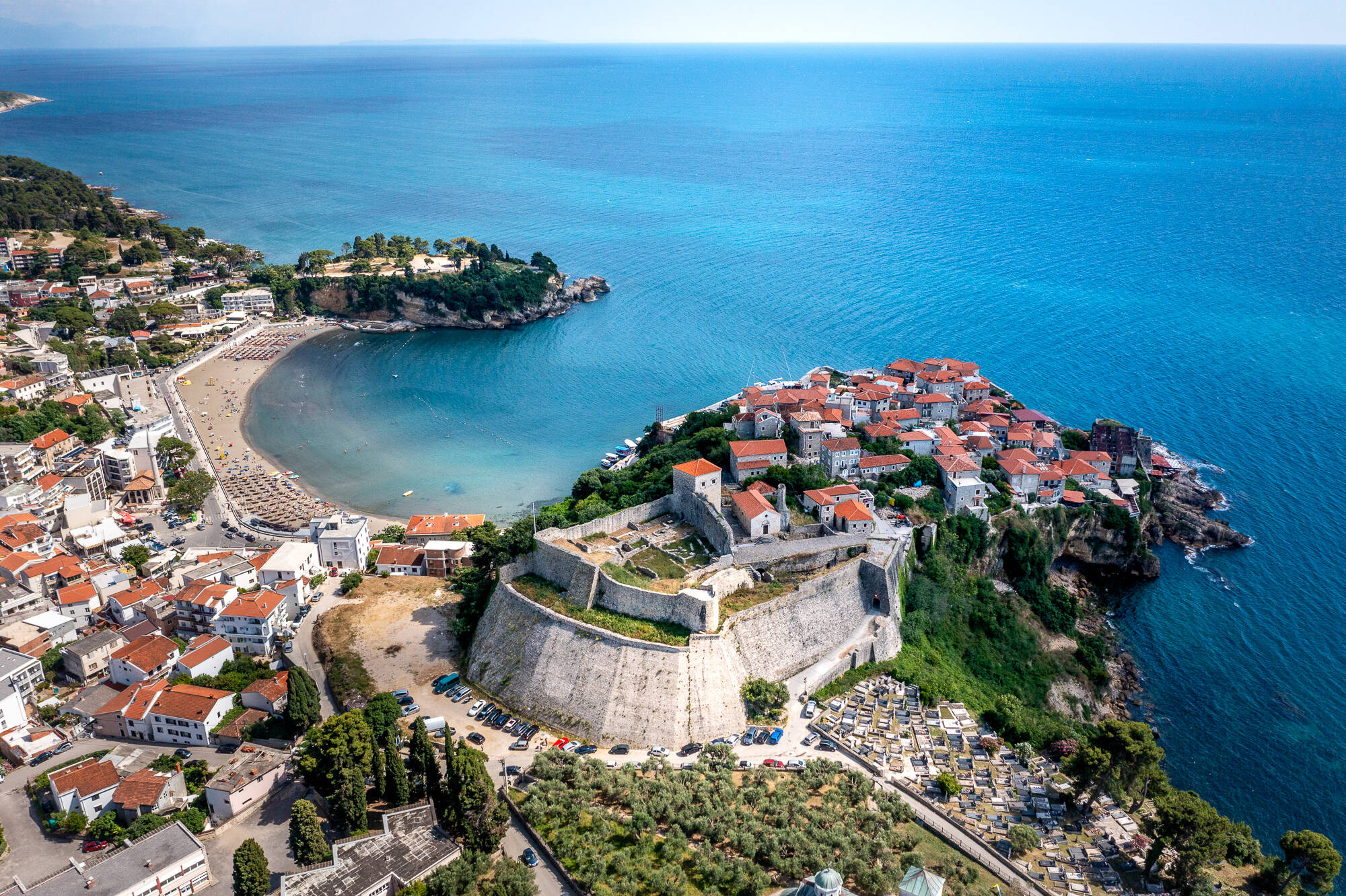
Old town Ulcinj, Montenegro (Photo by Ministry of Tourism, Ecology, Sustainable Development and Northern Region Development of Montenegro)
EXPLORING PUGLIA
3 cultural itineraries of Puglia invite visitors to explore mighty churches, castles, museums, and hidden, less-explored corners of the Italian heel. The Itria Valley and Salento: timeless artistry tour was inspired by the region's long history that has been uniting different cultures and people for millennia. The tour is a true paradise for enthusiasts of arts and local crafts. Unveiling Gargano, the Dauni Mountains, and Imperial Puglia: Nature, History, and Magic tour takes visitors to a realm of majestic medieval castles and magnificent cathedrals. A must-see of the tour is Margherita di Savoia Salt Pans Natural Reserve - the largest salt pan in Europe. Hidden treasures: exploring Apulian coastlines, Magna Grecia, Murgia and Ravines tour is a surprise off-the-beaten-track, filled with unexpected delights and charm, spanning from the Adriatic to the Ionian shore.
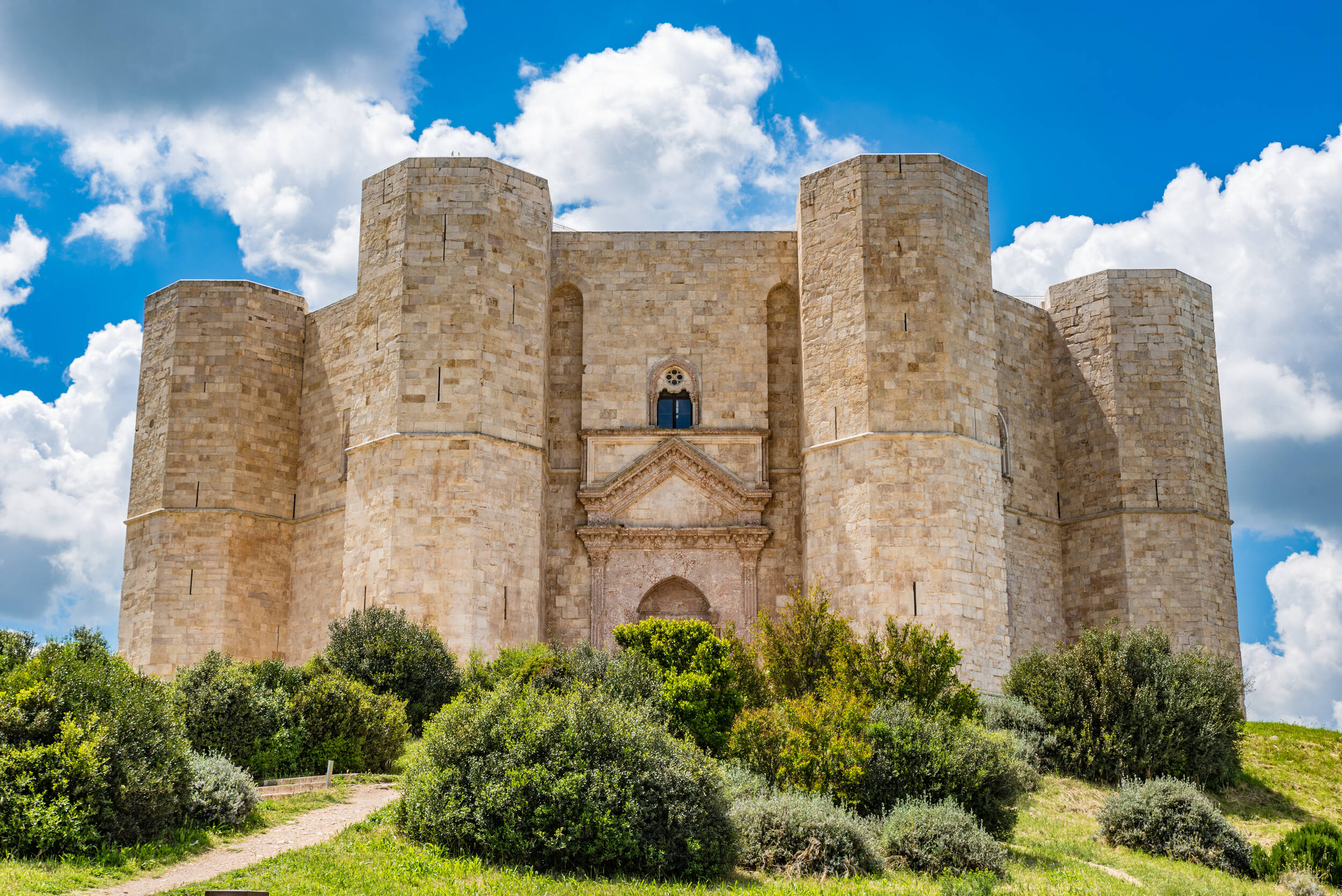
Castel del Monte, Puglia, Italy (Photo by Shutterstock)
MOLISE - THE PLACES OF HISTORY
The tales of history from mountainous terrains to coastal areas. Molise has it all. The Places of History tour includes Roman and Samnite archaeology, amphitheaters, subterranean cities, rural temples, remnants of pictorial arts, and museums. One of the main attractions is the Museo della Memoria Contadina in Casalciprano, showcasing rural tradition accompanied by contemporary sculptures and paintings. The sacred area of Vastogirardi, known as Area sacra tempio Vastogirardi, is famous for the existence of healing rites related to the water of the nearby spring, still called the water of the angels.
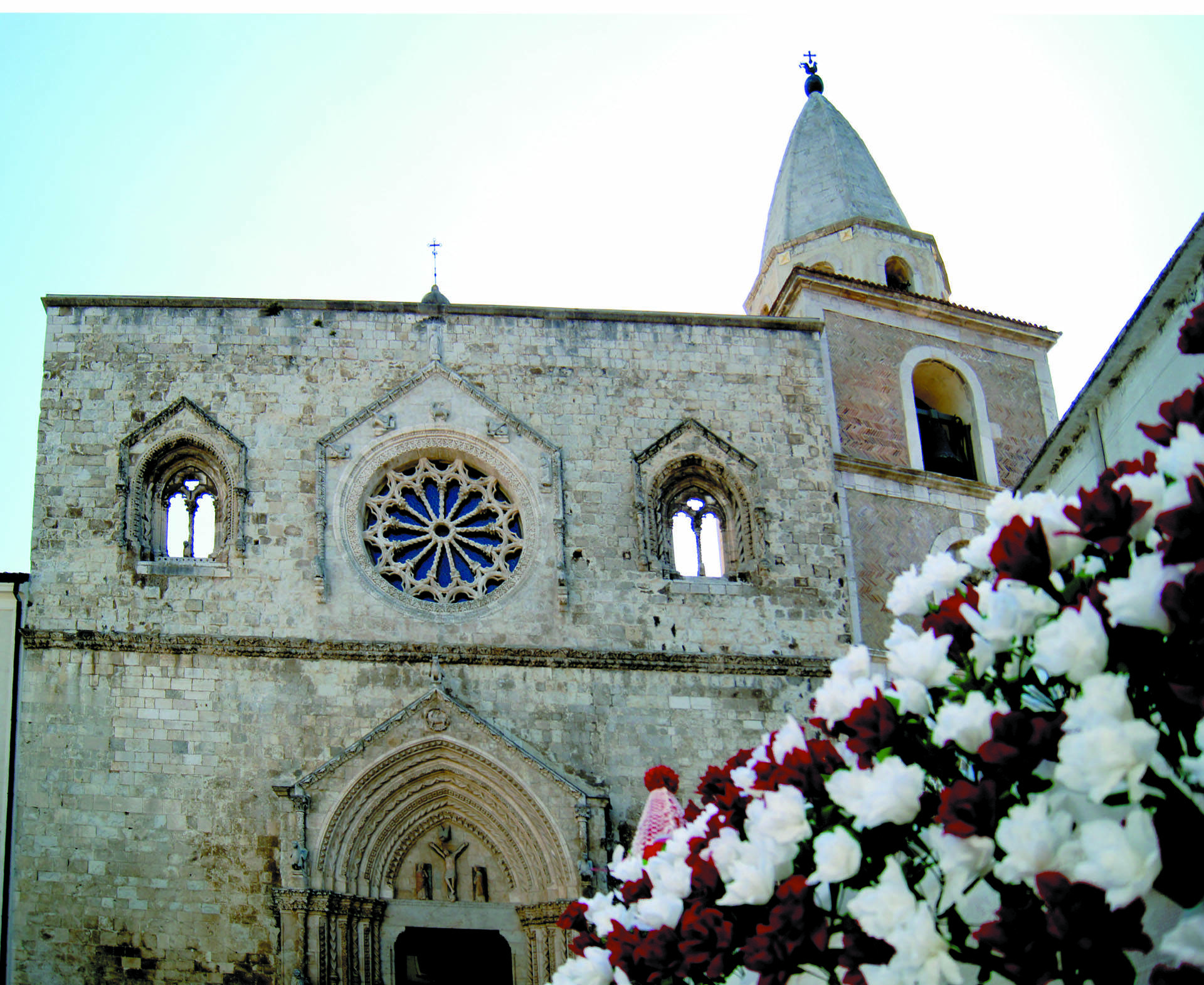
Cathedral of Larino, Molise, Italy (Photo by Molise Region)
ALBANIAN UNESCO ROUTES
Two cultural itineraries guide visitors from the religious monuments of various faiths in northern Albania to UNESCO landmarks in the south. The Routes of Faith tour presents the architecture and history of religions that have coexisted harmoniously in the country for years. This unique unity in religious coexistence has resulted in numerous cultural landmarks, including churches, mosques, tekkes, and monasteries, spanning from the Byzantine and Ottoman eras to more recent times. On the other hand, the Unesco Routes tour reveals Albania's most significant Cultural Heritage sites that have earned a place on the UNESCO World Heritage list. The first stop of the tour is Berat, featuring Gorica Bridge and Berat Castle. The journey then continues to the old town of Gjirokastra, the City of Stone, in the south.
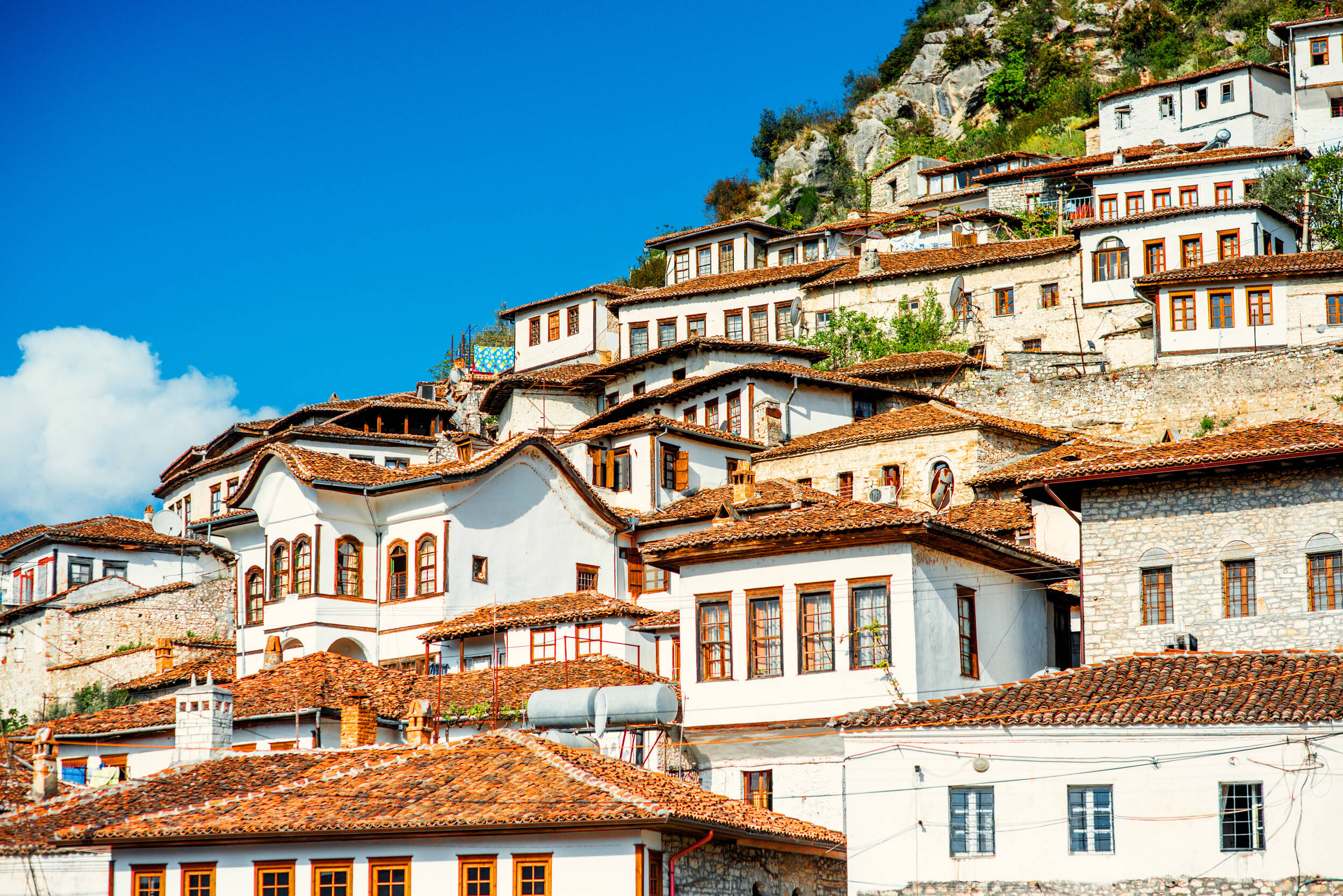
Berat City, Albania (Photo by Shutterstock)
VIRTUAL TOURS FOR VISITORS AND NEW-GENERATION TRAVEL AGENCIES
A crucial achievement of the Due Mari project, in addition to the 13 itineraries on the newly established Due Mari virtual platform, is also digitization and promotion of a total of 659 points of interest – 199 in Albania, 160 in Montenegro, 150 in Molise region, and 150 in Puglia. The platform will provide support to communities, tour operators, tourism providers, and potential visitors in planning their next journey in a sustainable and authentic way.
The Due Mari adventure awaits.